The Renaissance period, spanning roughly from the 14th to the 17th century, marked a profound transformation in European culture, philosophy, and the arts. Among its many achievements, the evolution of music during this era stands as a testament to the broader humanistic awakening that defined the age. No longer confined to the rigid structures of medieval liturgical traditions, Renaissance music became a vibrant expression of human emotion, intellectual curiosity, and artistic innovation. Composers began to explore new harmonies, polyphonic textures, and secular themes, reflecting the era's renewed interest in individualism and classical antiquity.
At the heart of this musical revolution was the rise of humanism, a philosophical movement that emphasized the value of human experience and creativity. Unlike the medieval focus on divine transcendence, Renaissance thinkers and artists sought to celebrate the beauty and complexity of earthly life. This shift had a profound impact on music, as composers increasingly turned to secular texts, vernacular languages, and expressive melodies to convey the richness of human emotion. The madrigal, for instance, emerged as a popular form of vocal music that blended poetic lyrics with intricate harmonies, often exploring themes of love, nature, and personal reflection.
The development of polyphony—a style featuring multiple independent melodic lines—became one of the defining characteristics of Renaissance music. Composers such as Josquin des Prez and Palestrina mastered this technique, creating works of astonishing complexity and emotional depth. Polyphony not only showcased the technical prowess of musicians but also mirrored the humanist ideal of balance and harmony. Each voice in a polyphonic composition retained its individuality while contributing to a cohesive whole, much like the humanist vision of society as a collective of unique yet interconnected individuals.
Secular music flourished alongside sacred compositions during the Renaissance, reflecting the era's broadening cultural horizons. The courts of Italy, France, and England became hubs of musical innovation, where patrons supported composers and performers in creating works for entertainment and intellectual enrichment. Instruments such as the lute, viol, and early forms of the harpsichord gained prominence, enabling new textures and tonal colors. Dance music, chansons, and instrumental improvisations became staples of aristocratic life, further blurring the lines between art and everyday experience.
Yet, the sacred music of the Renaissance was no less revolutionary. The Mass and the motet remained central to liturgical practice, but composers infused these forms with a newfound expressiveness. The Council of Trent's attempts to reform church music in the mid-16th century inadvertently spurred creativity, as composers like Palestrina demonstrated that polyphony could be both artistically sophisticated and spiritually uplifting. The result was a body of sacred music that resonated with the humanist belief in the power of art to elevate the soul while remaining accessible to the faithful.
Printing technology played a pivotal role in disseminating Renaissance music, making it more widely available than ever before. The invention of movable type allowed for the mass production of sheet music, enabling compositions to travel across Europe and reach a broader audience. This democratization of music aligned perfectly with humanist principles, as it allowed both amateur and professional musicians to engage with the latest works. The printing press also facilitated the preservation of musical theories and treatises, ensuring that the innovations of the Renaissance would influence future generations.
By the late Renaissance, music had become a universal language of human expression, transcending national and social boundaries. The works of composers like Orlando di Lasso and Thomas Tallis reflected the interconnectedness of European cultures, blending Italian, French, and Flemish styles into a cohesive musical tradition. This cultural exchange was emblematic of the humanist spirit, which sought to unite people through shared artistic and intellectual pursuits. Music was no longer merely a servant of the church or court; it had become a vital part of civic life, education, and personal identity.
The legacy of Renaissance music endures to this day, not only in the masterpieces that survive but also in the foundational principles it established. The idea that music could convey the full spectrum of human experience—from joy to sorrow, from devotion to rebellion—remains central to Western musical thought. The Renaissance's humanist awakening reminded humanity that art, in all its forms, is a celebration of what it means to be alive. In this sense, the music of the period was not just a product of its time but a timeless affirmation of creativity, connection, and the enduring power of the human spirit.

By /Aug 7, 2025

By /Aug 7, 2025
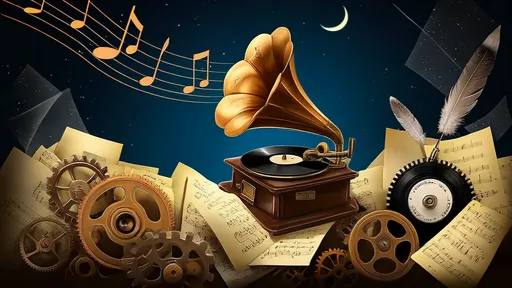
By /Aug 7, 2025
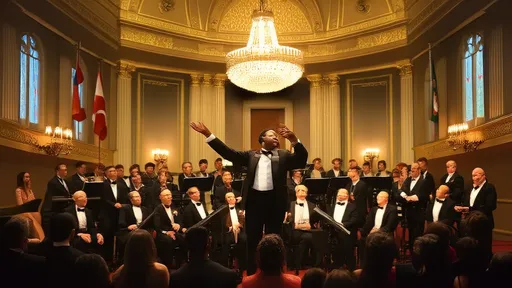
By /Aug 7, 2025

By /Aug 7, 2025
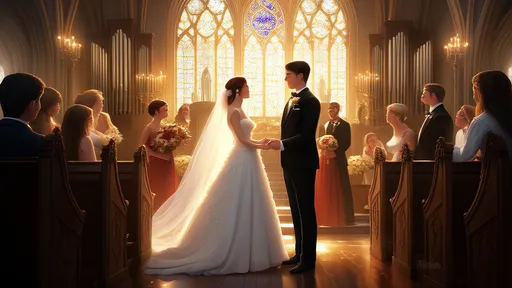
By /Aug 7, 2025
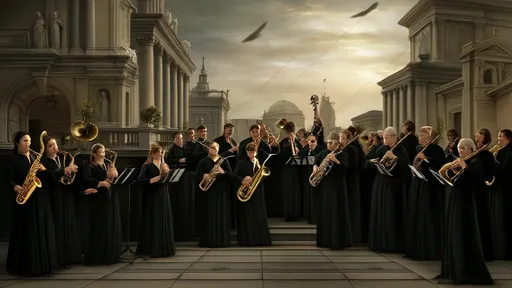
By /Aug 7, 2025
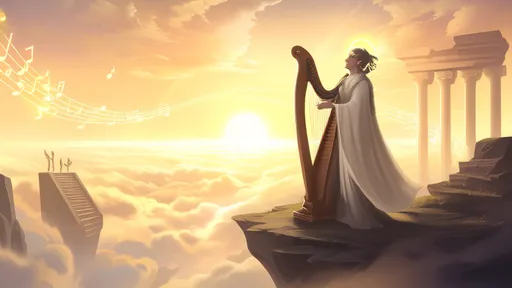
By /Aug 7, 2025
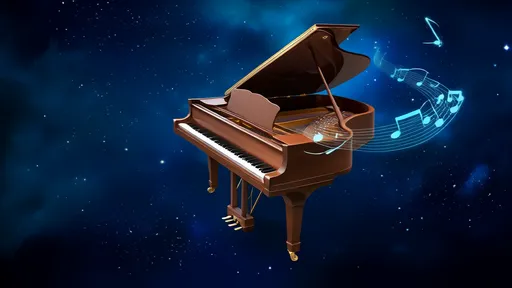
By /Aug 7, 2025
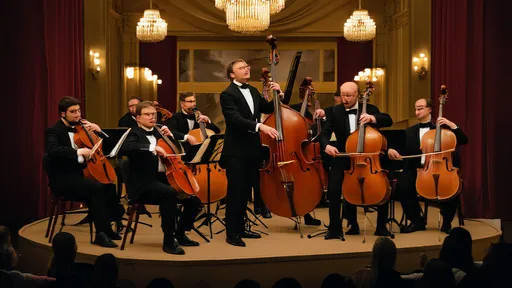
By /Aug 7, 2025

By /Aug 7, 2025
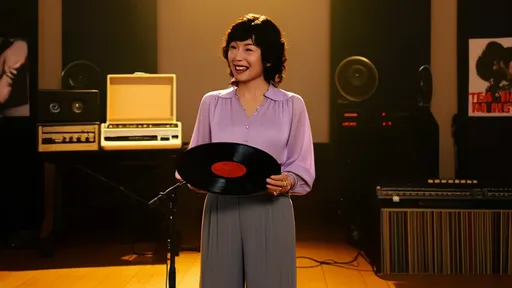
By /Aug 7, 2025

By /Aug 7, 2025

By /Aug 7, 2025
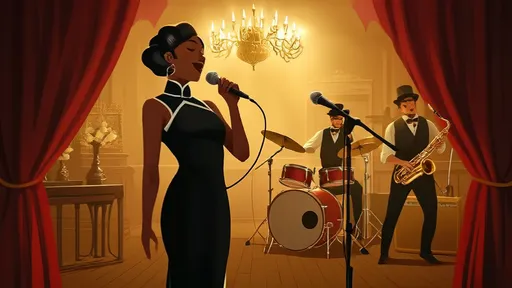
By /Aug 7, 2025
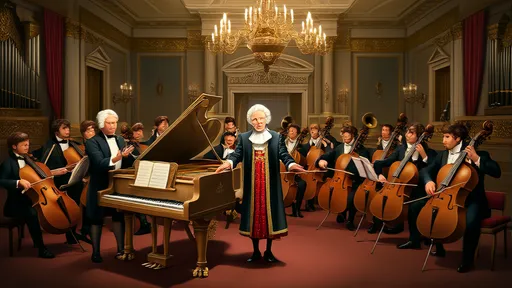
By /Aug 7, 2025
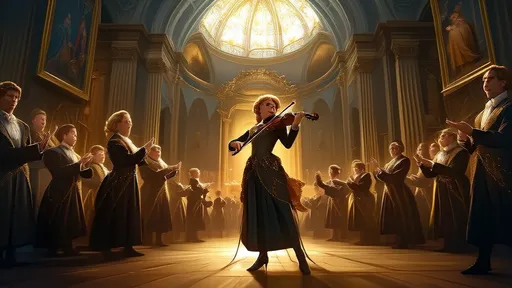
By /Aug 7, 2025

By /Aug 7, 2025
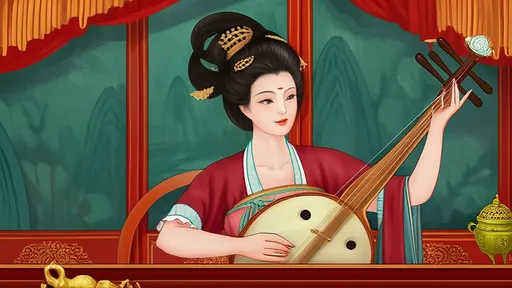
By /Aug 7, 2025
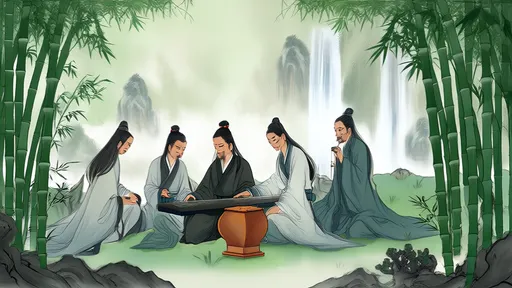
By /Aug 7, 2025